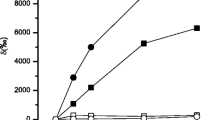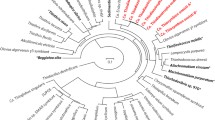Abstract
When aseptically-cultured sea anemones, Aiptasia pulchella, were incubated with 14C-labelled glucose, aspartate and glutamate, radioactivity was incorporated into animal protein. Radioactivity was recovered from all amino acids in the protein hydrolysates of A. pulchella bearing the symbiotic alga Symbiodinium sp., and from all but seven of the amino acids in A. pulchella experimentally deprived of their algae. These data suggest that these seven amino acids (histidine, isoleucine, leucine, lysine, phenylalanine, tyrosine and valine) may be synthesized by the symbiotic algae and translocated to the sea anemone's tissues; and that methionine and threonine, two amino acids traditionally considered as dietary essentials for animals, are synthesized by A. pulchella. Essential amino acid translocation from the symbiotic algae to the animal host is a core element in symbiotic nitrogen-recycling. Its nutritional value to the animal host is considered in the context of the amino acid biosynthetic capacity of the host.
Similar content being viewed by others
Author information
Authors and Affiliations
Additional information
Received: 26 October 1998 / Accepted: 28 June 1999
Rights and permissions
About this article
Cite this article
Wang, J., Douglas, A. Essential amino acid synthesis and nitrogen recycling in an alga–invertebrate symbiosis. Marine Biology 135, 219–222 (1999). https://doi.org/10.1007/s002270050619
Issue Date:
DOI: https://doi.org/10.1007/s002270050619




